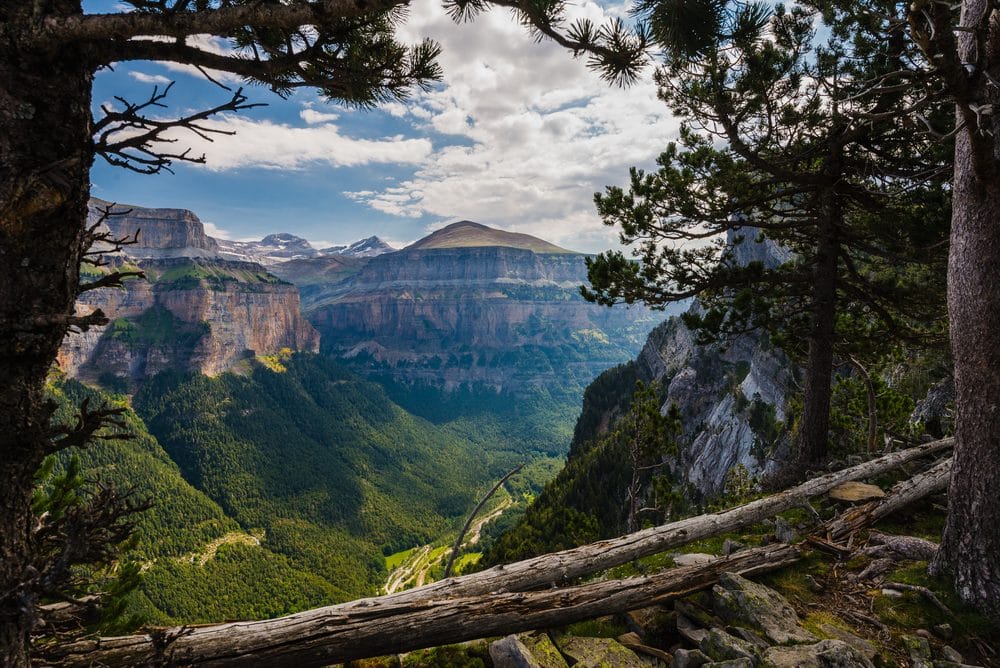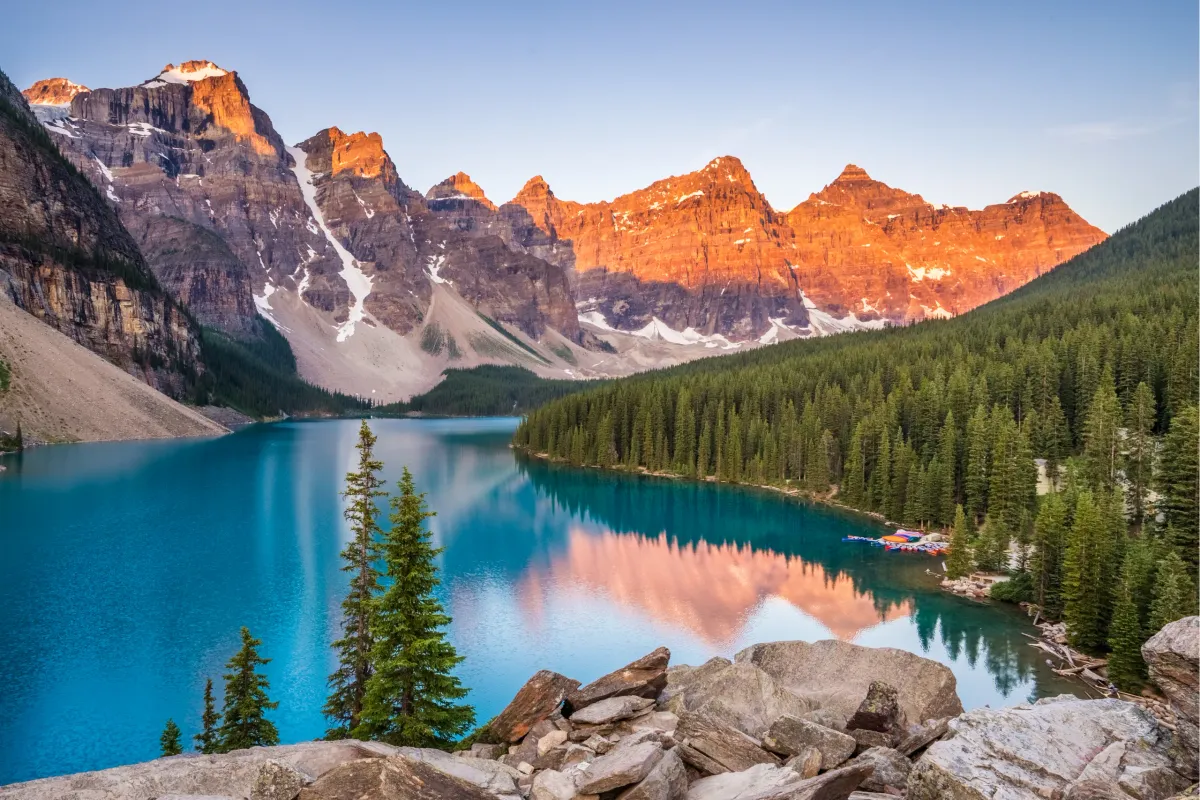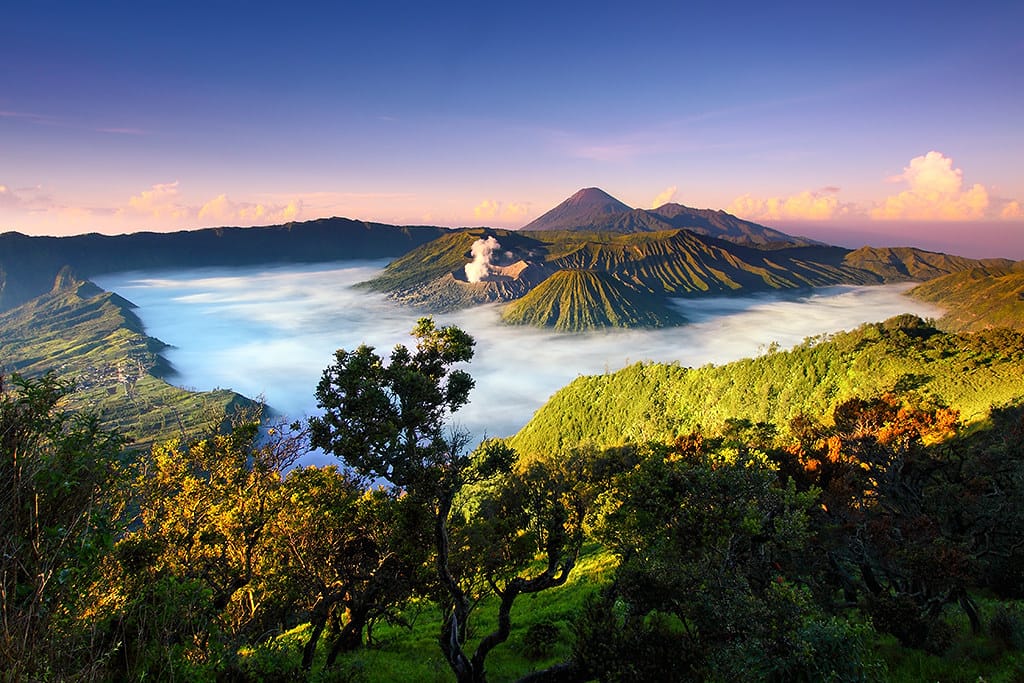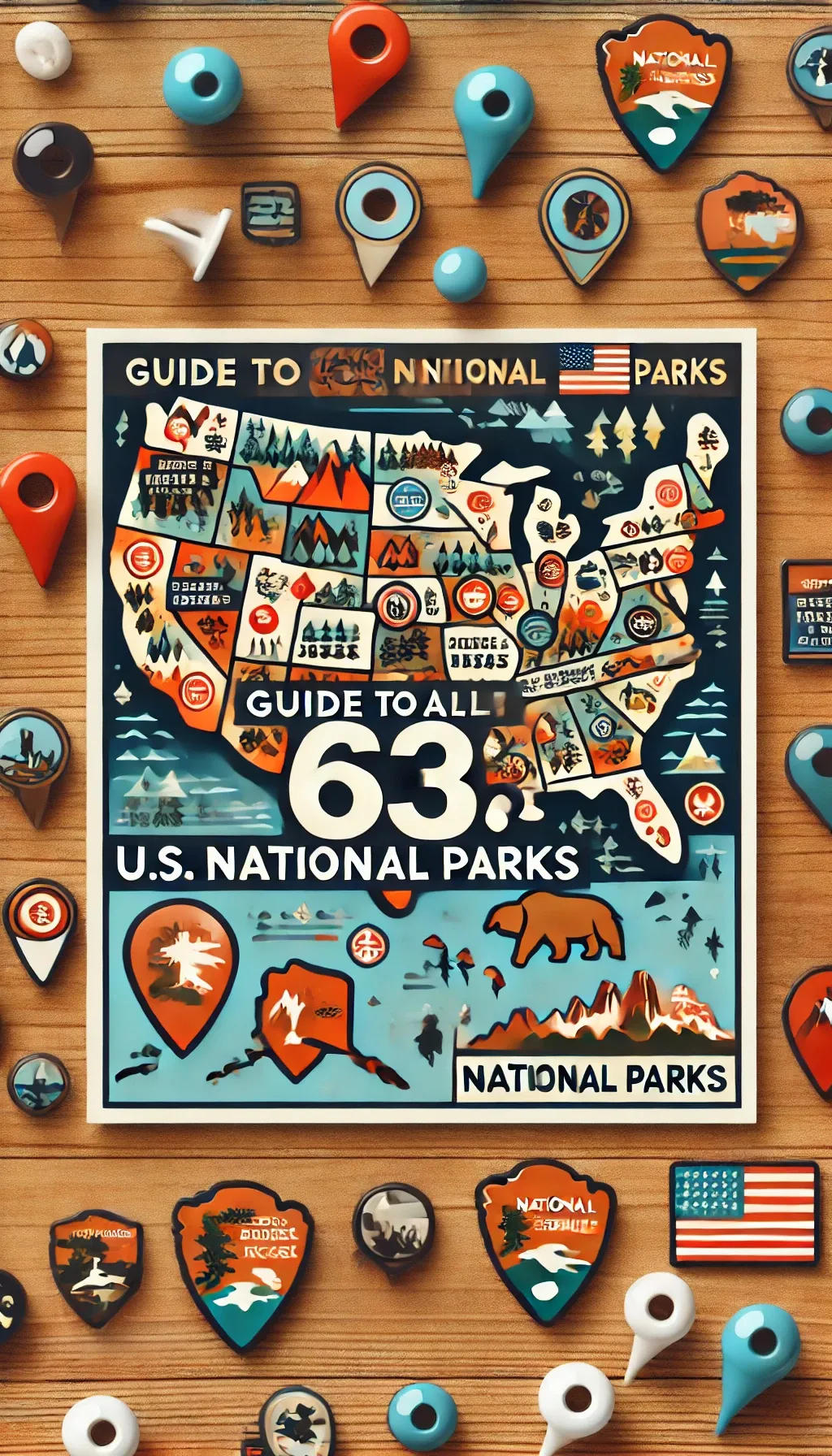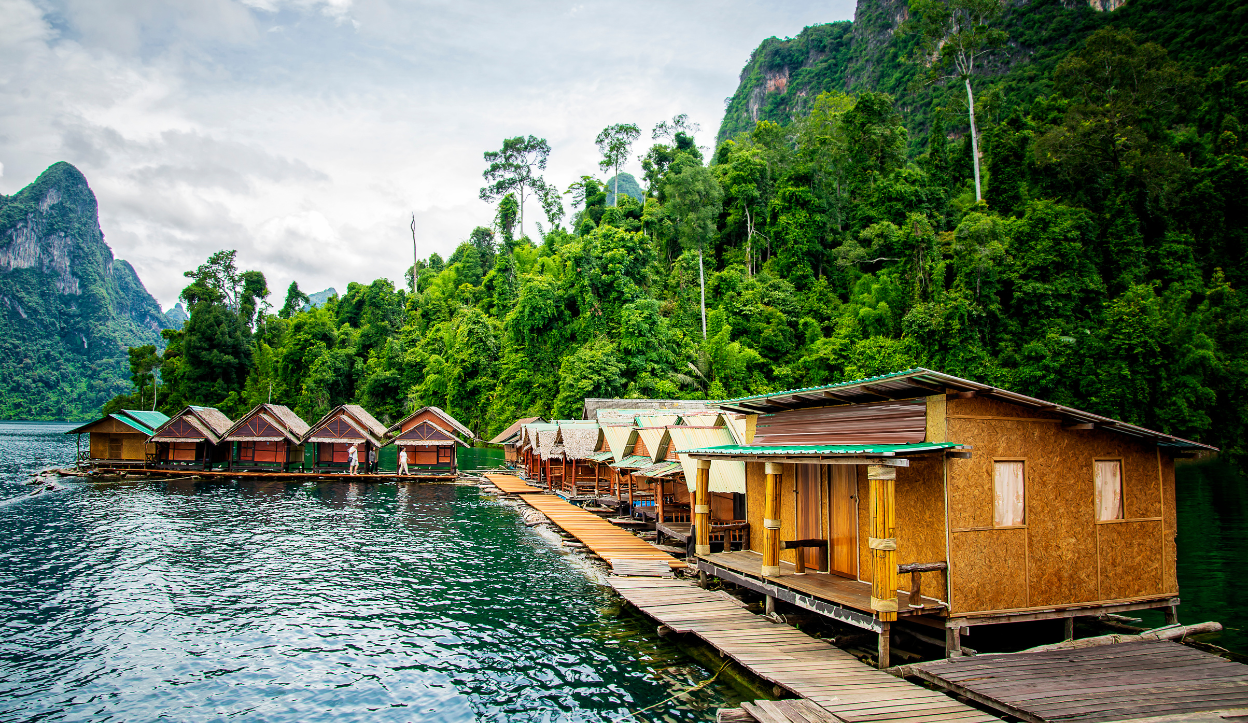3 Underrated National Parks In Australia You Must-Visit
These three National Parks in Australia get a fraction of the visitors of some of their other national parks and I don't understand why, because they are three of the most beautiful places on planet earth.
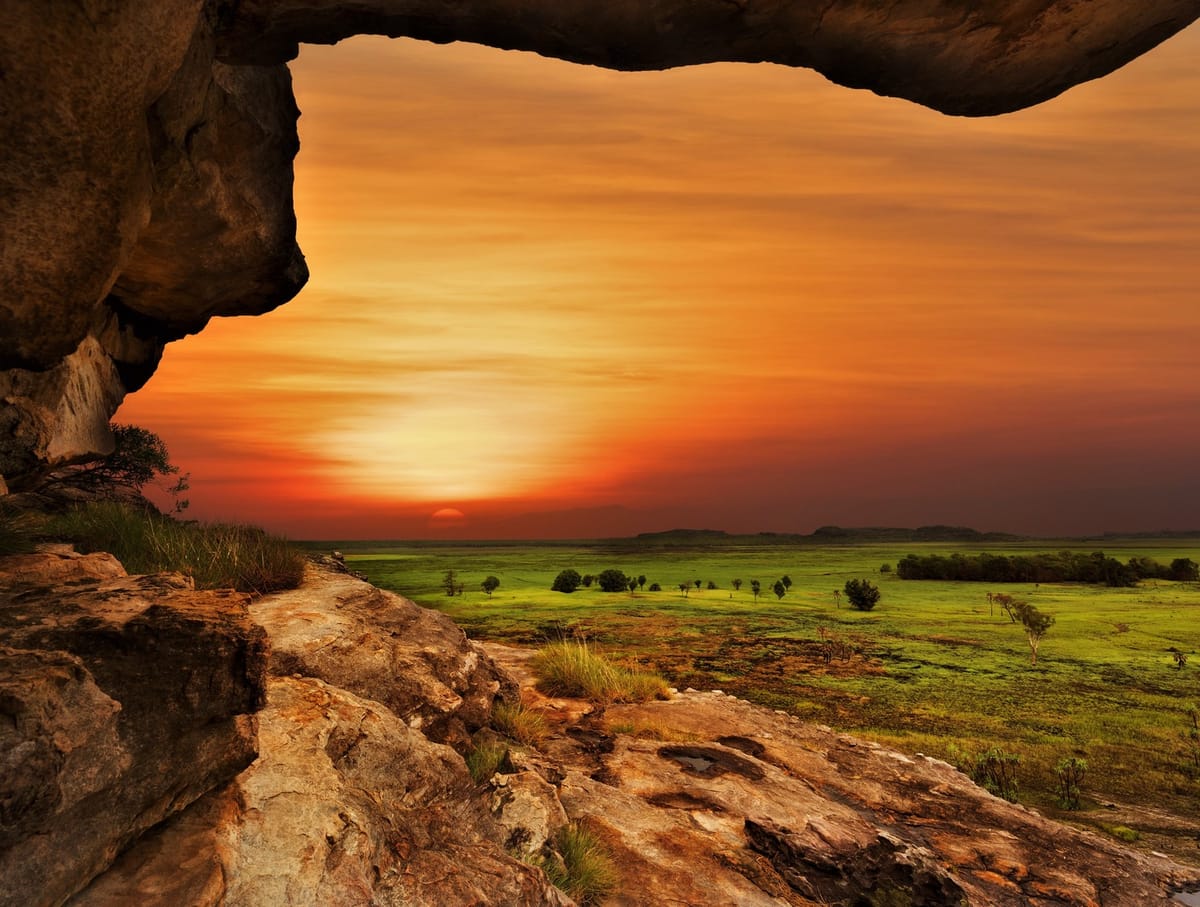
In my opinion, these are three Australian National Parks are some of the most breathtaking and diverse places on the planet, yet they remain surprisingly underrated, and only get a few hundred thousands annual visitors compared to some of Australia's other national parks that get several million.
Let's take a look at why these three national parks are must-visit destinations when visiting the land down under.
Kakadu National Park
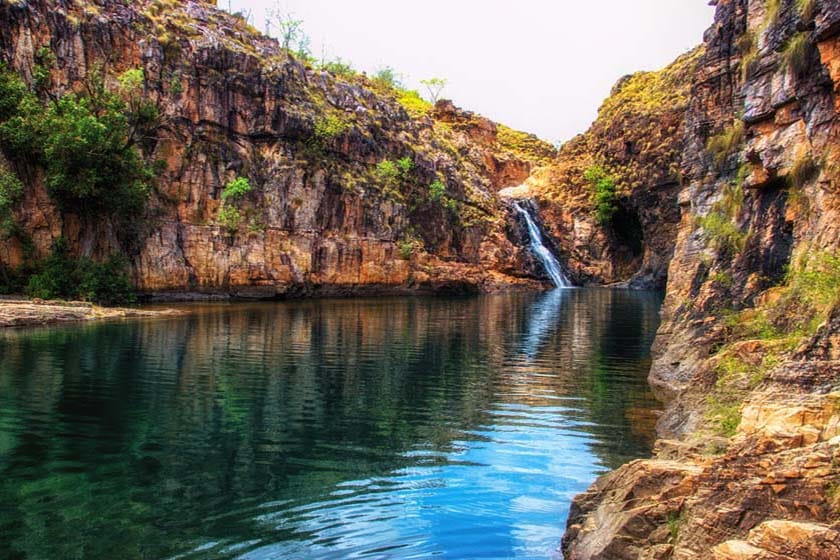
Diverse Ecosystems, Thriving Wildlife & Saltwater Crocodiles
Spanning nearly 20,000 square kilometers, Kakadu National Park is one of the world’s most ecologically diverse regions. This UNESCO World Heritage-listed park is home to an incredible mix of wetlands, rivers, floodplains, monsoon forests, and towering sandstone escarpments—creating habitats for some of the planet’s most fascinating wildlife.
One of Kakadu’s most formidable residents is the saltwater crocodile, the largest and most powerful reptile on Earth. These prehistoric predators lurk in the park’s waterways, especially in Yellow Water Billabong and East Alligator River, where visitors can take guided boat tours to see them up close—from a safe distance, of course. Kakadu’s wetlands also support an extraordinary variety of bird species, making it a dream destination for birdwatchers and photographers alike.
Ancient Aboriginal Culture & Rock Art That Tells a Story
Beyond its incredible wildlife, Kakadu is a living cultural landscape, home to one of the world’s oldest continuous cultures. Aboriginal people have lived here for over 65,000 years, and their presence is etched into the land through thousands of ancient rock art sites.
Some of the most famous galleries, like Ubirr and Nourlangie, contain artwork dating back over 20,000 years—depicting Dreamtime stories, hunting scenes, and even early encounters with European explorers. Guided tours offer deep insights into the significance of these paintings, as well as the traditional knowledge that has been passed down through generations.
A True Wilderness Adventure
Kakadu isn’t just a national park—it’s one of the last great wild places on Earth. Whether you’re cruising through croc-infested waters, hiking through dramatic gorges, or standing before rock art that predates modern civilization, Kakadu is an experience that stays with you forever.
Great Barrier Reef Marine Park
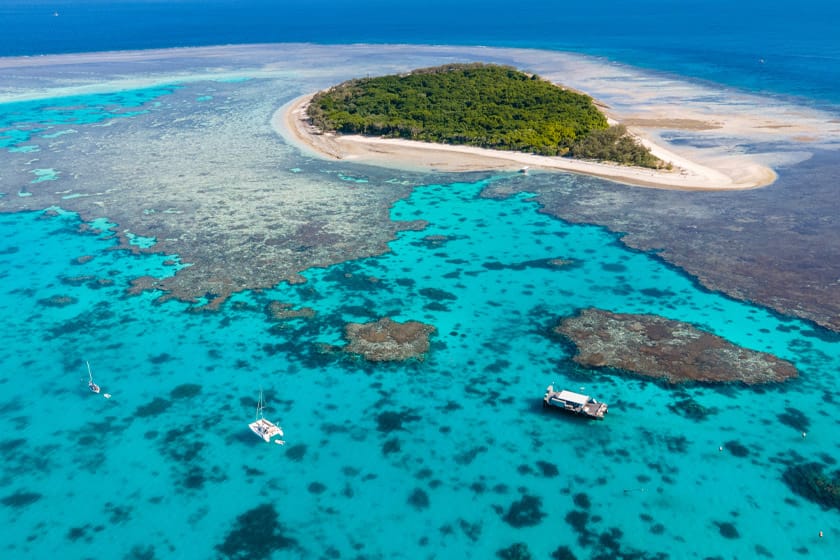
Underwater Adventures and Marine Life
The Great Barrier Reef Marine Park is one of Australia's most iconic natural wonders. Stretching over 2,300 kilometers along the Queensland coast, it is the largest coral reef system in the world. This vast expanse offers unparalleled opportunities for snorkeling and scuba diving, where enthusiasts can explore vibrant coral reefs and encounter a diverse array of marine life, including tropical fish, sea turtles, and manta rays. For those who prefer to stay dry, glass-bottom boat tours provide a window into this underwater paradise.
Given its immense ecological value, the Great Barrier Reef is the focus of significant conservation efforts. The park's management aims to protect its delicate ecosystems while allowing sustainable tourism. Visitors are encouraged to learn about the challenges facing the reef, such as coral bleaching and climate change, and to participate in conservation activities. These efforts help ensure that the reef remains a breathtaking destination for future generations.
Recent reports have highlighted the ongoing pressures on the Great Barrier Reef, emphasizing the importance of continued conservation initiatives. Organizations like the Great Barrier Reef Foundation are actively involved in projects aimed at restoring and preserving this natural wonder. For instance, they are working on growing heat-tolerant corals to enhance the reef's resilience against rising sea temperatures.
Additionally, the Great Barrier Reef Marine Park Authority has implemented various programs to protect the reef's biodiversity. These include the Tourism Reef Protection Initiative, which delivers conservation services at high-value tourism sites across the marine park.
By supporting these organizations and participating in responsible tourism, visitors can contribute to the ongoing efforts to preserve the Great Barrier Reef for generations to come.
Daintree National Park
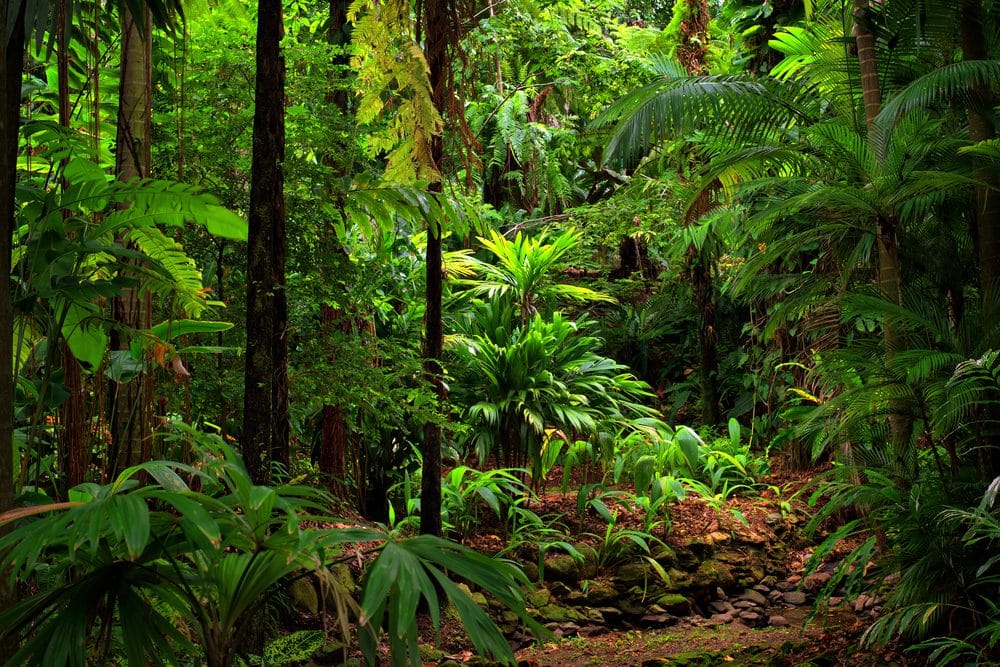
One of the Most Beautiful Places on Earth
If you're searching for a place that feels untamed, ancient, and truly alive, look no further. Daintree National Park offers so much to see and do, and isn’t just another rainforest—it’s the oldest tropical rainforest on the planet, dating back 180 million years. That means this jungle was thriving before the Amazon even existed.
Walking through the Daintree feels like stepping back in time. Towering ancient trees, thick vines, and rare plants found nowhere else on Earth make this a living museum of evolution. Scientists have even discovered prehistoric species here, including the Idiot Fruit—a plant so ancient, it dates back to the time of the dinosaurs.
The Daintree Rainforest is home to several incredible swimming holes—perfect for cooling off after a hot day of exploring. If you're looking to take a dip or visit some waterfalls, there are plenty of options to choose from. Some of the most popular spots include Emmagen Creek, Spring Creek Falls, and Mason’s Swimming Hole.
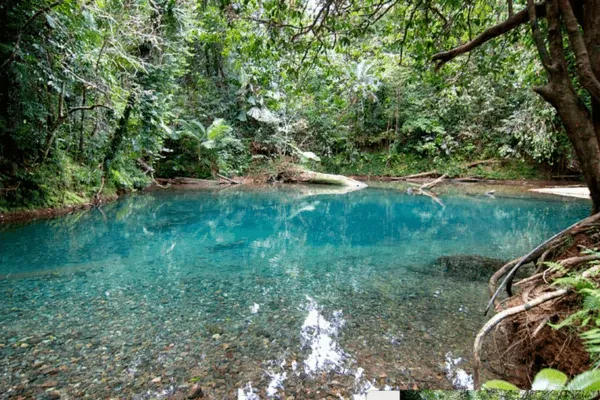
Mason’s Swimming Hole is a favorite, especially since there's a nearby café where you can grab a bite to eat or a drink before or after your swim. While there is a small donation fee to access the swimming hole, it's well worth it for a refreshing and scenic experience.
Where the Rainforest Meets the Reef
One of the most unique features of Daintree National Park is that it’s one of the only places in the world where a rainforest collides with a coral reef. That’s right—this lush jungle runs right up to the white sands and crystal-clear waters of the Great Barrier Reef.
This means you can trek through the rainforest in the morning and then snorkel with sea turtles in the afternoon. Cape Tribulation Beach is where these two UNESCO World Heritage Sites meet, and standing there, you feel like you’ve reached the edge of the world.
Wildlife You Won’t Find Anywhere Else
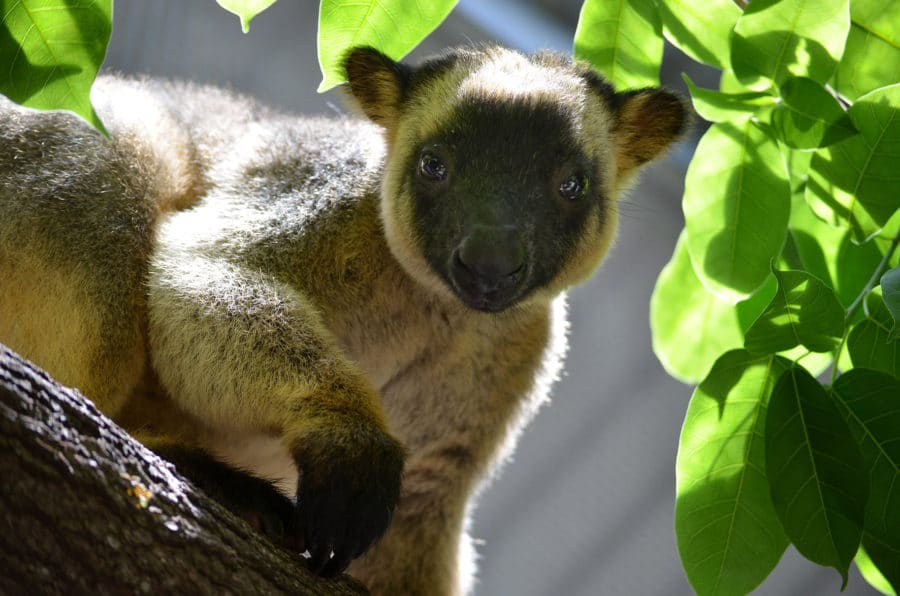
Daintree National Park is Australia’s wild side, turned up to 100. The creatures here are just as legendary as the landscape. This is one of the only places where you can spot a cassowary—a massive, prehistoric-looking bird that’s basically a real-life velociraptor.
And let’s not forget the dangers—because this is Australia, after all. The Daintree is home to saltwater crocodiles, feral hogs, and some of the most venomous snakes on Earth. If that doesn’t make this place badass, nothing does. But don’t worry—you can still safely spot crocs in the wild on guided boat tours.
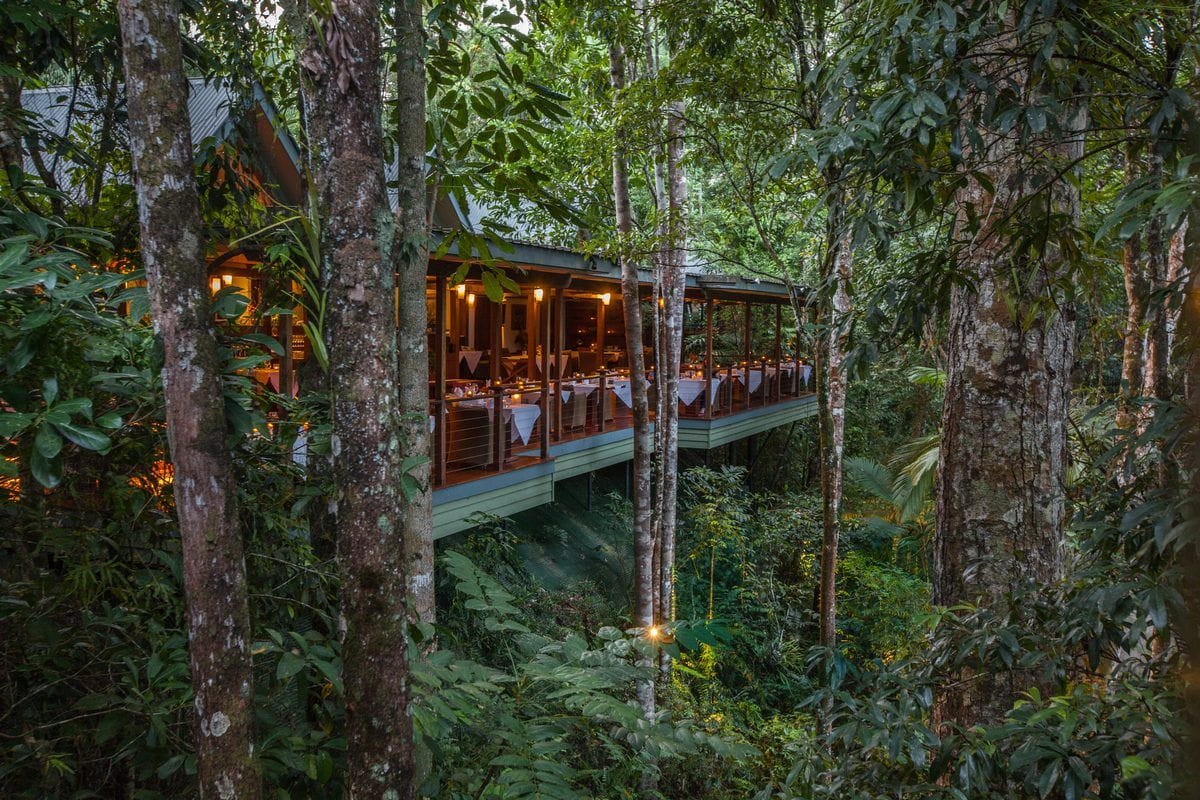
FAQs
What is the best time to visit Kakadu National Park?
Can you snorkel in the Great Barrier Reef Marine Park?
What types of wildlife can be seen in Daintree National Park?
Are there accommodations available within these national parks?
Is there an entrance fee for Kakadu National Park?
Can you explore Daintree National Park on your own, or do you need a guide?
How do you get to the Great Barrier Reef?
What activities can you do in Kakadu National Park?
Is the Great Barrier Reef endangered?
What is the significance of Aboriginal culture in Kakadu National Park?
Can you swim in Kakadu National Park?
Are there crocodiles in Kakadu National Park?
Can you swim in Daintree National Park?
Related Post
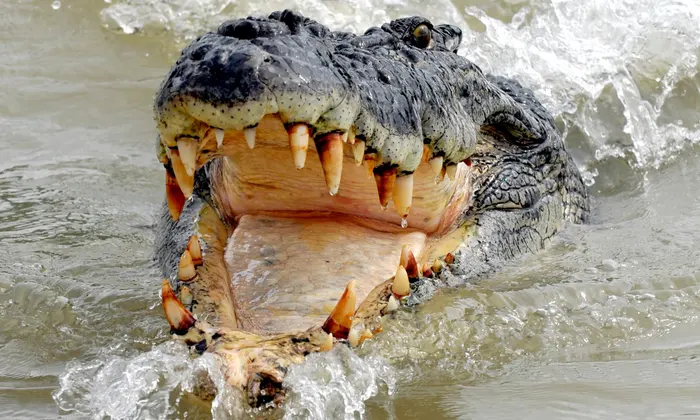
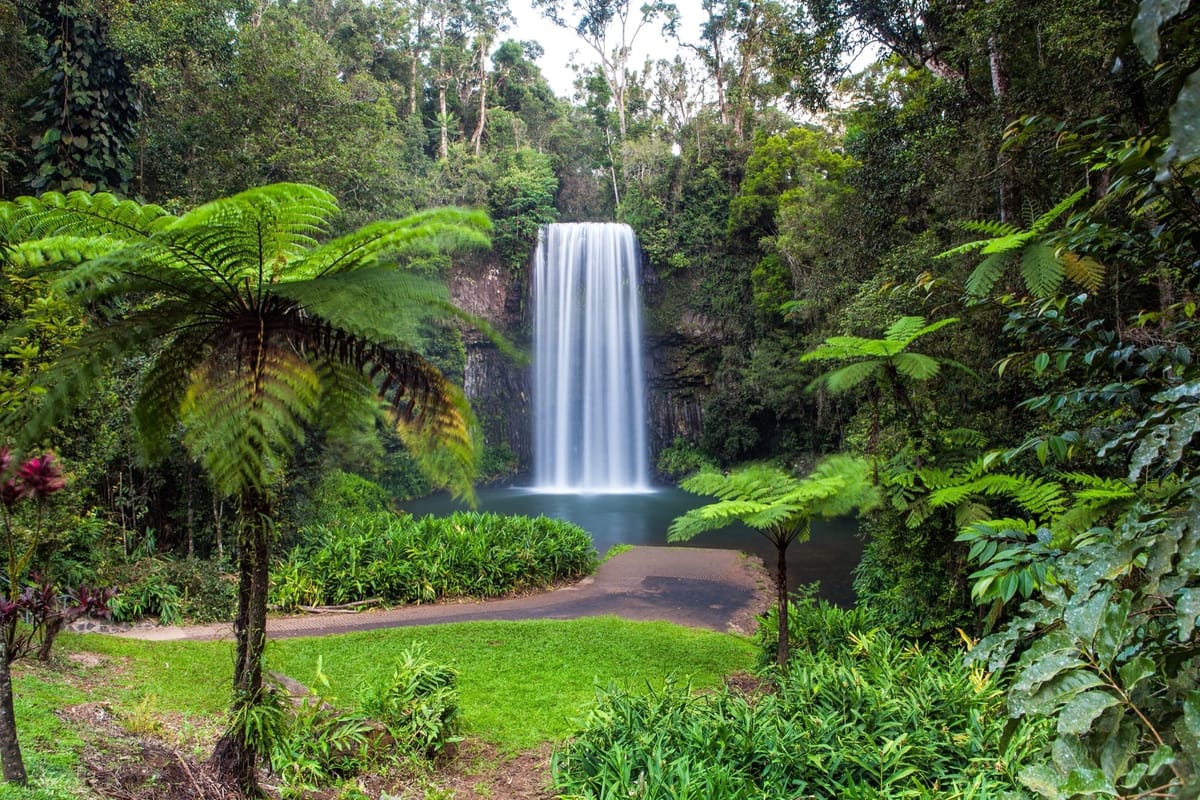
Other Post
